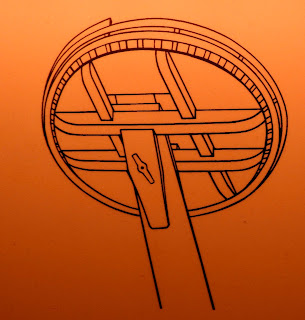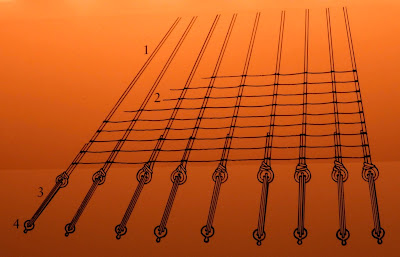ストックホルム旅行
2019年8月28日~9月4日 Stockholm Trip 28th of August ~ 4th of September, 2019 |
目次 / Contents
1) ヴァーサ号 / Vasa
2) 10分の1の模型 / 1/10th Model
3) 救出 / Rescue
1) ヴァーサ号 / Vasa
このセクションは、前回から引き続き、ヴァーサ博物館についてです。
This section continues from the last time, about the Vasa Museum.
ヴァーサ号の物語は下記。 / About the story of the Vasa, below.
ヴァーサ号の船体については下記。/ About the hull of Vasa, below.
 |
ショップの袋
公式サイト : ★ (日本語)
スウェーデン大使館公認 観光情報サイト: ★ (日本語)
館内には一艘の巨大船、ヴァーサ号が設置されています。
390年以上前のスウェーデン海軍64門戦列艦 (センレツカン) です。
世界で唯一現存する17世紀の船を見に、年間100万人以上の人が訪れます。
Shop's Bag
Official Website : ★
Vasa Museum is in Djurgården Island, Stockholm.
A huge ship, Vasa is installed in the Museum.
It is the Swedish Navy's 64 - gun ship of the line more than 390 years ago.
More than one million people visit each year to see the only surviving
17th century ship in the world.
|
 |
グスタフ2世アドルフ
(1594 - 1632 / 在位:1611 - 1632)
1626年起工、1627年竣工されました。
Gustav II : Gustavus Adolf (1594 -1632 / reign : 1611 - 1632)
The Vasa was laid down in 1626 and completed in 1627
by the order of Gustav II (Gustavus Adolf)
画像は下記より / This from below
★ |
 |
1:10の船の模型
ヴァーサ号は、1628年の処女航海で沈没し、333年後に引き揚げられ、
現在、博物館に展示されています。
これはヴァーサ号の10分の1の模型です。
Model of Vasa Sinking to Seabead
Vasa sank on its first voyage in 1628,
and was recovered 333 years later, and is now on display in the Museum.
This is a one-tenth model of the Vasa.
模型の彫刻はオリジナルの色と思われる色で描かれています。
Original Colours
Today's Vasa has a bark colour,
but when it was built, it was vividly coloured.
The sculptures of the model are paintedin what are believed to be the original colours. |
 |
| 下からも見られるようになっています。 ピーターパンを思い出します。 You can see it from below. It reminds me of Peter Pan. |
 |
帆船
実物のヴァーサには帆は張られていません。 ですが、模型には帆が張られています。 帆船はロマンチックです。 Sailing Ship
The actual Vasa has no sails.
However, the model is in full sail.
The sailing ship is romantic.
|
 |
休憩所の模型
素敵に展示されています。
Models in Rest room
Their display is lovely. |
3) 救出 / Rescue
ヴァーサ号を引き揚げる方法は、色々検討されましたが、基本的には、中世の時と同じやり方で実行されました。
下の写真と説明は、物語のセクション(下)でも使用しました。
There had been various studies on how to lift the Vasa, but basically it was carried out in the same way as in the Middle Ages.
The photographs and descriptions below were also used in the story section, below.
館内展示 / Display in Museum
 |
 |
ヴァーサ博物館のセクションはこれで終了です。
次は、スカンセン (屋外博物館と動物園) へ!
This section is the last about Vasa Museum.
Next to Skansen (open-air museum and zoo)!


























































































